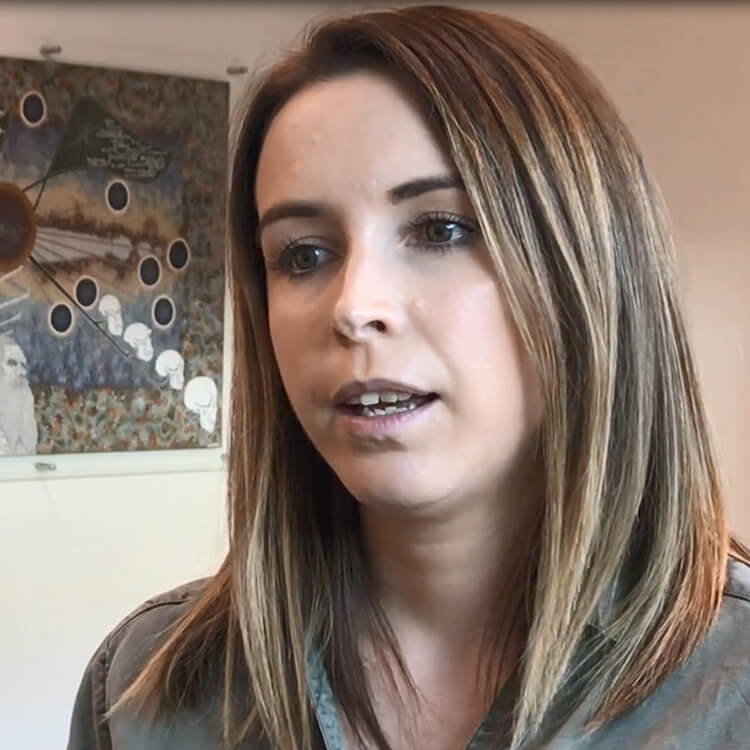Search

News & Events
‘Invisible’ children of imprisoned parents at risk of falling through the cracksA study by The Kids has found children with a parent who has gone to prison are significantly more likely to have poor development outcomes.
Research
Language in Little Ones (LiLO)The Language in Little Ones (LiLO) study is a five-year longitudinal study (2017-2021), funded through the National Health and Medical Research Council. The study investigates the quantity and quality of language exposure in the home environment during the first five years of a child’s life.
Research
School absence and its effect on school performance for children born with orofacial cleftsWe aimed to describe school absence and its relationship with school performance for children with and without orofacial clefts.
Research
Does the reason matter? How student-reported reasons for school absence contribute to differences in achievement outcomes among 14–15 year oldsWe used data from the Longitudinal Study of Australian Children to examine the reasons for 14-15 year old absences and how they relate to outcomes in year 9.
Research
The Importance of School Pedagogical and Social Climate to Students’ Unauthorized Absenteeism – a Multilevel Study of 101 Swedish SchoolsWhile individual and family factors behind students’ school absenteeism are well-researched, fewer studies have addressed school climate factors. This study investigated the association between school climate in Swedish schools and students’ absenteeism.
Research
The Association Between Breakfast Skipping and Positive and Negative Emotional Wellbeing Outcomes for Children and Adolescents in South AustraliaThe prevalence of child and adolescent breakfast skipping is concerning, and limited existing evidence suggests an association between skipping breakfast and negative emotional wellbeing outcomes. However, positive emotional wellbeing outcomes have been neglected from research in this space.
Research
Exploring Primary School Staff Responses to Student Reports of Bullying in Australia: A Qualitative StudyBullying behaviour often increases in late childhood and peaks in early adolescence. While interventions to address bullying behaviour typically encourage students to report bullying incidents to school staff, students are often reluctant to report incidents for fear it will worsen their situation or because they lack confidence in a staff members’ ability to intervene effectively. This study explores school staff responses to student reports of bullying behaviour.
Research
International Trauma-Informed Practice Principles for Schools (ITIPPS): expert consensus of best-practice principlesRecognition that schools should be responsive to children who are impacted by adversity and trauma is burgeoning internationally. However, consensus regarding the necessary components of a trauma-informed school is lacking. This research developed expert-informed and internationally relevant best-practice trauma-informed principles for schools.
Research
School Built Environments and Bullying Behaviour: A Conceptual Model Based on Qualitative InterviewsInterest in how the school built environment impacts bullying behaviour has gained momentum in recent years. While numerous studies have identified locations within schools where bullying frequently occurs, few studies have investigated the potential conceptual pathways linking school locations to bullying behaviour.
Research
Barriers to uptake and implementation of malaria chemoprevention in school-aged children: a stakeholder engagement meeting reportMalaria is a leading cause of death in school-aged children in sub-Saharan Africa, and non-fatal chronic malaria infections are associated with anaemia, school absence and decreased learning, preventing children from reaching their full potential. Malaria chemoprevention has led to substantial reductions in malaria in younger children in sub-Saharan Africa.
